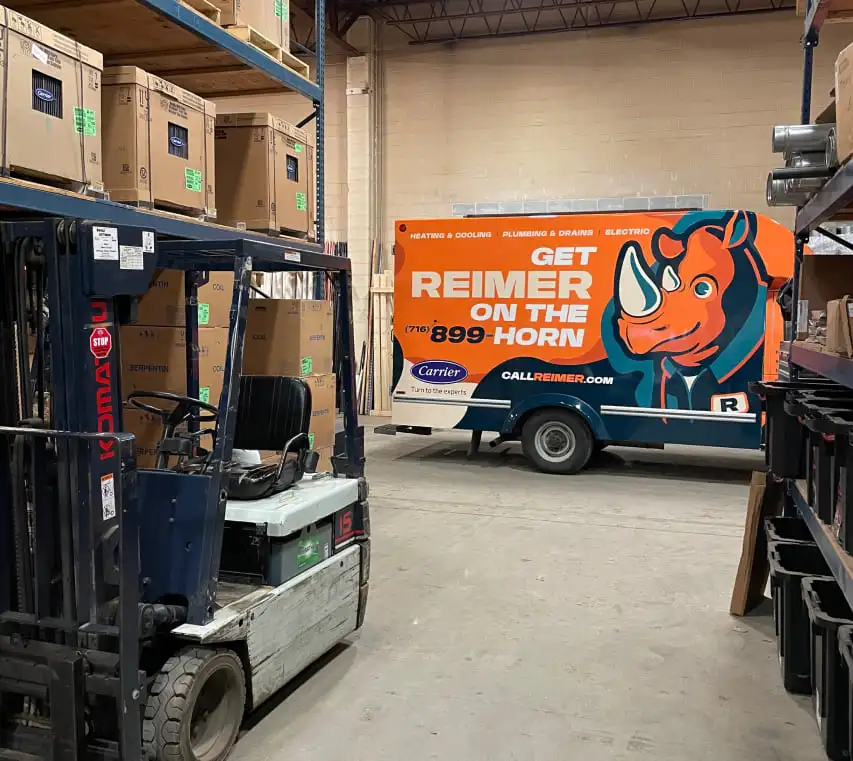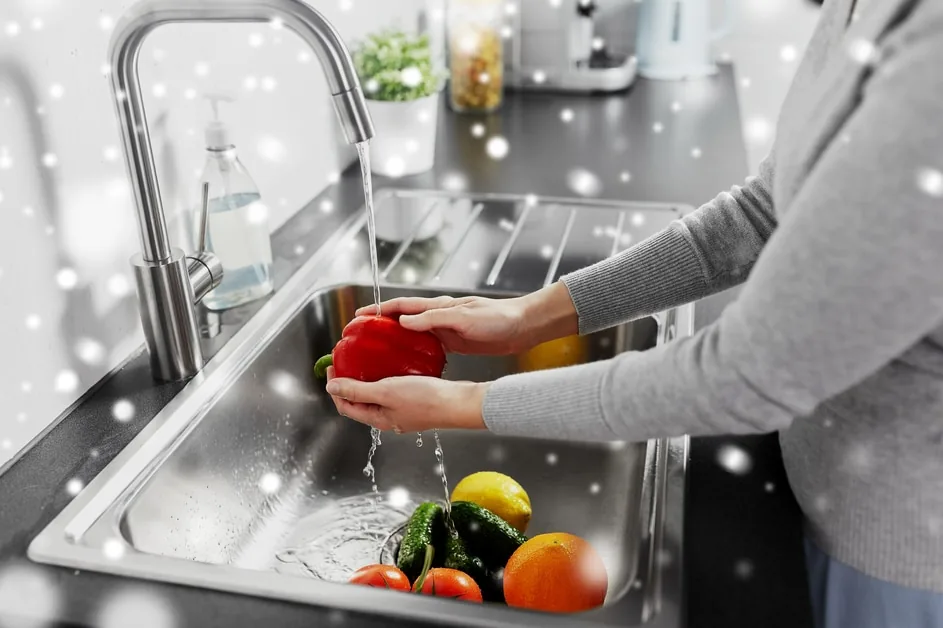Water stains mucking up your pristine walls and ceilings are more than just ugly blemishes cramping your home’s style. Those spreading discolored blotches basically act as graffiti tags announcing that excess moisture has gained a toehold inside your interior spaces and it’s slowly staking its claim.
What seems minor at first, like some faint yellowing, can rapidly escalate into full-blown brown staining as drywall, wood framing, and other building materials get consistently soaked. Pretty soon, you’re looking at mold creeping in, rotting wooden bones, and spiking utility bills as sodden insulation loses its heat-trapping abilities.
Don’t just shrug off those moisture markers though. This guide covers tracking down leak sources, repairing water damage, and ultimately taking preventative measures to reclaim an unblemished, stain-free home sanctum once and for all. Neglecting stains only enables flooding fiascos.

Understanding Water Stains
While that spreading discoloration marring pristine walls and ceilings may initially come across as more unsightly nuisance than a serious hazard, don’t be so quick to dismiss those telltale water stains. Those wicking patterns blossoming outward actually represent bold-faced evidence that moisture has breached the fort and is steadily seeping into your home’s structural skeleton.
Beyond just being cosmetically displeasing eyesores, the very presence of water stains signals interior drywall, insulation and wood framing have transformed into veritable sponges soaking up every last droplet of invading liquid. What starts with some faint yellowing rapidly intensifies into full-blown dark, ominous splotching as saturation levels increase.
The more those wicking stain borders expand outward, the more interior materials start exhibiting soggy side effects too. You’ll notice drywall faces bubbling and dimpling, once rigid surfaces turning into craters underfoot as waterlogged areas lose structural integrity. Those wooden wall studs and supports? They become prime real estate for every strain of hazardous mold and mildew..
While one isolated water blemish might not necessarily trigger emergency claxon alarms, its very presence still screams that moisture is steadily rotting away at something behind the scenes. Those stains essentially spotlight the telltale tips of potentially major home deterioration brewing just out of plain sight.
Left unchecked, that innocuous staining rapidly escalates from musty smells and aesthetic annoyances into foundational damage nightmares. Shrugging off those spreading splotches provides tacit permission for minor drips to graduate into full-scale flooding before their sources get permanently contained.
Treating every single stain as a high-priority moisture breach rather than a casual curiosity buys crucial time for halting that liquid onslaught before it wreaks home structure demolition.
Identifying the Source of Water Stains
Once those telltale water stains start rearing their unsightly heads, the race against the moisture migration clock kicks into high gear. Left unchecked, those spreading splotches essentially serve as dripping bread crumb trails guiding you towards potentially catastrophic structural flooding scenarios. To stop that liquid onslaught dead in its tracks, you’ll need to channel your inner Sherlock Holmes and systematically track down each stain’s originating H2O source.
Initial Steps for Identification
As with any thorough investigation, laying some crucial groundwork upfront accelerates the success of your eventual drip detector work. Start by thoroughly documenting each stain’s location – which rooms or areas exhibit the most concentrated patterns. Weather conditions during first sightings provide clues too; did intense storms or rapid temperature fluctuations precede appearances?
With a baseline understanding of potential timelines and environmental factors, you can then initiate strategic drying processes to help further isolate moisture pathways. Run dehumidifiers, remove wet materials like drywall or insulation, and routinely monitor stained areas for any reappearances guiding you towards entrance points.
Common Sources of Water Stains
Faulty Plumbing
For the majority of interior moisture issues creating those pesky drip trails, your home’s complex web of plumbing pipes and systems tends to top the usual suspects list. Whether rotting supply lines steadily dripping away behind walls or malfunctioning fixtures overflowing through floors, any leaks in this critical water circulation infrastructure inevitably surface through staining. Listen for any running water ambient noises too!
Leaky Roof
Of course, you can’t rule out precipitation and weather culprits when hunting down the sources of indoor moisture stains either. Roof leaks enabling rain, snow or even humidity to steadily drip through ceilings and walls remain common offenders too. Telltale signs include staining patterns originating at top story levels while growing heavier after storms. Any roofing cracks, gaps or deteriorated sealants could facilitate that liquid invasion.
Condensation Build-Up
In hot, humid climates especially, the mere presence of excessive indoor condensation accumulating faster than it can evaporate sometimes leads to pooling water sources spreading those unsightly stains around. Clogged drainage systems in bathrooms, laundry rooms or basement areas allow relative humidity levels to skyrocket too. Those saturated drywall splotches often indicate improper venting as the root cause.
Hard Water Issues
Finally, the very tap water quality homes utilize can also indirectly facilitate the development of difficult-to-trace moisture stains and patterns. Homes relying on hard water supplies perpetually circulate liquid brimming with dissolved mineral concentrations. Over time, these mineral deposits steadily constrict and eventually choke off interior plumbing lines leading to buildup stagnation backing up into walls. Crusty blue or white stains indicate hard water woes.
With such a diverse array of potential spawning grounds for undesirable indoor drips and dampness, only the most thorough moisture mapping investigation stands any chance of pinpointing each offending water stain’s original source before structural soggy situations spiral out of control. Stay vigilant!
Addressing Water Stains
Once you’ve cracked the moisture mysteries behind each unsightly water stain’s origins through diligent detective work, it’s time to mobilize strike forces for demolishing those liquid liabilities. From rogue plumbing leaks and roof vulnerabilities to condensation buildups and hard water mineral invasions, every dampness perpetrator commands a tailored combat strategy. Leaving any soggy scenarios unchecked guarantees those stained patterns steadily spread into compounded structural nightmares.
For Faulty Plumbing Failures
When your sleuthing reveals dripping supply lines, cracked drain pipes or malfunctioning water fixture overflows as the staining culprits, it’s time to deploy the big plumbing guns. Whether overhauling entire pipe networks with modern PEX replacements or simply repairing targeted faults with strategic clamping, you’ll need certified hydrovac crews skilled at excavating access points and mitigating collateral damage. Running new fixture exits or pump installations represent common remedies too.
Combating Roofing Breaches
Should stain mapping instead unmask roofing system shortcomings as your home’s rainwater Achilles’ heel, you’re looking at deploying squads of elite residential roofers. Crack sealing with mastics and membranes often resolves isolated moisture entry points. But severe cracks, deteriorated flashing, or overall weathered shingle failures necessitate comprehensive roof replacements deploying modern waterproofing underlayments too.
Neutralizing Condensation Accumulation
For indoor humidity saturation turning your home into its own tropical rainforest microclimate, striking back involves a two-pronged approach of dehumidification and improved venting. High-capacity dehumidifier systems and exhaust fan installations lower persistent moisture levels. But comprehensively sealing off attics and crawl spaces to expel humid air represents the true art of condensation warfare.
Demineralizing Hard Water Infiltrators
Finally, if your investigations reveal those water blemishes stemming from hard mineral buildup progressively clogging plumbing systems, you’re going to need to invest in serious liquid softening equipment. Whole-home water softener installations deploying ion exchange methods drastically reduce scaling and obstruction risks. Simultaneously descaling calcified pipes with compressed nitrogen gas represents another strategic strike plan too.
From straightforward pipe repairs and condensation control upgrades to all-out plumbing system overhauls and industrial-grade softeners, adequately responding to moisture stain sources demands carefully calculated action plans. Underestimating dampness’ ability to devastate structural foundations practically invites compounded flooding catastrophes down the line. No water stain gets left behind on the battlefield!
Repairing the Damage
Even after successfully locating and resolving the sources causing those pesky water stains, the areas impacted likely need significant repair work. Drywall, insulation, and framing materials that were exposed to moisture for extended periods can become severely damaged and need to be removed and replaced.
The first step is to completely remediate any mold or mildew growth that took hold in the damp areas. Professional crews will use antimicrobial sprays, foggers, and solutions to eliminate all fungal and microbial contaminants from every affected surface. This decontamination process ensures no lingering health hazards.
Once fully dried out and stripped down to the framing, reconstruction can begin. Damaged drywall is removed and replaced with moisture-resistant drywall designed to better withstand any future humidity issues. Spray foam insulation is installed to provide a tight air seal while maximizing insulation value.
For exterior areas like roofs or siding that were impacted, those damaged components get repaired or replaced as well. Roofing is redone with new underlayment and waterproof membranes. Siding is properly re-installed with house wrap and drainage planes to prevent future moisture intrusion. Any masonry or concrete issues are repaired and waterproofed too.
Finally, once the structural repairs are complete, drywall finishers spray texture and painters apply fresh paint to restore the interior rooms. New flooring, trim, and other finishes get installed as well to revitalize the previously water-damaged spaces.
The entire remediation process is thorough to ensure no lingering moisture issues remain and all compromised materials are replaced. This comprehensive approach restores the home’s structural integrity while preventing any reoccurrence of mold, rot or new water stains down the road.
Preventing Future Water Stains
So you’ve successfully blasted away every last trace of those funky water stains that were mucking up your home’s interior. The walls and ceilings are finally back to their smooth, unblemished selves. But the battle’s not over yet – you’ve still got to fortify those moisture defenses to ensure those ugly suckers don’t just come oozing right back.
If persistent plumbing problems were the culprits behind your stain-pocalypse, it might be time to just bite the bullet and overhaul those entire pipe networks already. Especially if they’re getting up there in age, proactively re-piping everything with modern PEX or CPVC materials makes way more sense than waiting for sudden ruptures or pinhole breaches. Those new lines drastically reduce future leak risks compared to sketchy old copper or polybutylene piping.
While you’re playing residential renovation commander, don’t forget to secure those exterior home envelopes too though! Roofs naturally weaken over time from weathering, so going full monty with new waterproof membranes, underlayments, the works – provides stellar protection against any precipitation trying to flank its way in. Synthetic underlayments and top-shelf architectural shingles become your liquid’s personal Fort Knox.
For homes in muggy climates grappling with persistent interior condensation gremlins, dehumidification systems open up crucial new ventilation fronts. Linking high-capacity dehumidifiers with enhanced HVAC dehumidification capabilities essentially lets you control those relative humidity levels like an artillery commander. You can steadily purge moist, sultry air and usher in dry replacements before any staining can take root.
Finally, if your water quality itself resembles something out of a mineral horror film, installing a whole-home water softener marks the only surefire prevention plan against those pesky scale buildups. Ion exchange pellets completely demineralize even the most obscenely hard water flows. You’ll never have to dread that chalky white creep slowly clogging up and obstructing pipes ever again.
With proactive prevention protocols like strategic re-piping, sealed exterior envelopes, dehumidification regulation, and liquid softening arrays, your interior spaces become downright unwelcoming places for moisture to even think about squatting. You’re fortifying your stain-free home front before dampness ever gets a chance to stage its next soggy offensive!
Reclaim Your Stain-Free Home with Reimer’s Moisture Battling Experts
Water stains invading your walls and ceilings don’t just represent unsightly blemishes – they’re essentially dampness’s graffiti tags staking claim over your home’s interior surfaces. Those spreading discolorations signal an active moisture breach underway, steadily rotting away at your property’s structural integrity from within.
From steadily worsening interior damage and hazardous mold proliferation to skyrocketing utility costs as finishes and materials deteriorate, neglecting those staining patterns virtually guarantees a path toward flooding nightmares. Why wage battle against seeping moisture’s relentless onslaught alone?
For over a century, generations of Western New York homeowners have turned to the experienced professionals from Reimer to neutralize every soggy scenario. Our certified moisture remediation crews specialize in swiftly pinpointing each stain’s originating leak through state-of-the-art detection methods. Malfunctioning plumbing, roof vulnerabilities, condensation buildups – no moisture intrusion stands a chance against our elite rapid response capabilities.
Once sources get decisively severed, Reimer’s renovation brigades can then initiate comprehensive reconstruction protocols repairing any collateral interior damage too. Our teams utilize premium moisture-resistant materials and enhanced ventilation systems to create stain-proof, humidity-regulating environments utterly unwelcoming to future liquid invasions.
Don’t resign yourself to steadily watching those ominous stains keep encroaching across every room. Take decisive action reclaiming your home’s boundaries by calling Reimer at (716) 272-2371 today! Our courteous staff will dispatch moisture’s worst nightmare – a rapid-response team overwatch protecting your property’s value while restoring completely stain-free sanctuaries.





